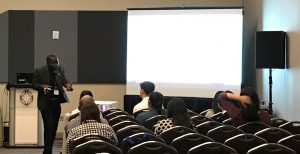
As 2018 closed, SAMSI reflects on a very productive fall semester.
Since opening programs in PMED and MUMS, SAMSI continues to bring together some of the best minds in applied mathematics and statistics to address modern issues across a broad spectrum of subjects. The institute has either hosted or co-sponsored five different events this past fall that discussed topics such as machine learning, climate, computer-based statistical modeling, using statistics in precision medicine and developing mathematical algorithms to identify gerrymandering in state voter maps.
2018 Modern Math Workshop
SAMSI was a major sponsor for the 2018 Modern Math Workshop (MMW) this past October in San Antonio, TX. The two-day workshop, held annually, focused on encouraging undergraduates, graduate students and recent PhDs from underrepresented minority groups to pursue careers in the mathematical sciences and help them to build mentoring networks.
The MMW featured Javier Rojo, a professor of statistics at Oregon State University as keynote speaker. Mini-courses were also taught by Ernest Fokoué, an associate professor of statistics at Rochester Institute of Technology and Katie Newhall, an assistant professor of mathematics at the University of North Carolina at Chapel Hill. These events preceded the 2018 SACNAS National Diversity in STEM Conference.
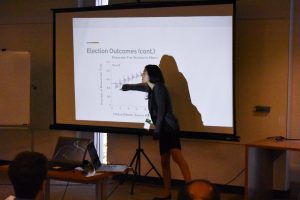
Education & Outreach and Research Workshops
SAMSI also hosted a workshop for nearly 40 undergraduates in October that supported this year’s PMED program. Students were treated to talks on how statistics and applied mathematics are used in precision medicine. The students were also treated to a panel consisting of postdoctoral and graduate researchers who discussed their journey in academics and how they are preparing for future careers in the mathematical sciences.
October also included a workshop at Duke University called Quantitative Redistricting, that studied how to use statistical data, census research, sociology and computer-based algorithms to identify “gerrymandering,” an issue that affects the election process in states across the nation. Gerrymandering is the practice of manipulating the boundaries of (an electoral constituency) so as to favor one party or class.
The workshop helped to raise awareness of this important issue. The workshop, led by Jonathan Mattingly, Chair of the Department of Mathematics at Duke University, brought together professionals in sociology, political science, law and statistics and computer science to address this issue.
SAMSI also co-sponsored multiple events this fall: The Nexus of Climate Data, Insurance and Adaptive Capacity and the Workshop on R & Spark – Tools for Data Science Workflows.
The R & Spark Course was a two-day workshop, instructed by E. James Harner, a Professor Emeritus of Statistics at West Virginia University. The event was co-sponsored with the National Institute of Statistical Sciences (NISS) that helped to educate students and researchers about R and Spark software.
R and Spark are computing environments used in statistical science to extract data, compartmentalize it and help to develop algorithms to conduct research with the data provided.
Harner provided instruction to a class of more than 35 students and researchers combined. The instruction helped them to understand how to work within the environment and apply what they had learned to further their own personal research.
Finally, the Nexus of Climate Data, Insurance and Adaptive Capacity workshop was another co-sponsored event, made possible by a collaboration of SAMSI, the Reinsurance Association of America (RAA), Renaissance Computing Institute (RENCI) and the Wake Forest University Center for Energy, Environment and Sustainability.
The workshop, which took place in Asheville, NC, was a national, interdisciplinary scientific research discussion on statistical modeling and climate science.
All of these events help achieve SAMSI’s vision to conduct programs that help to connect young researchers from academia, industry, national laboratories and government to address a wide variety of research using applied math and statistical and computer sciences.
Whether working with other entities or hosting events by themselves, SAMSI continues their dedication to serving the science and math community.
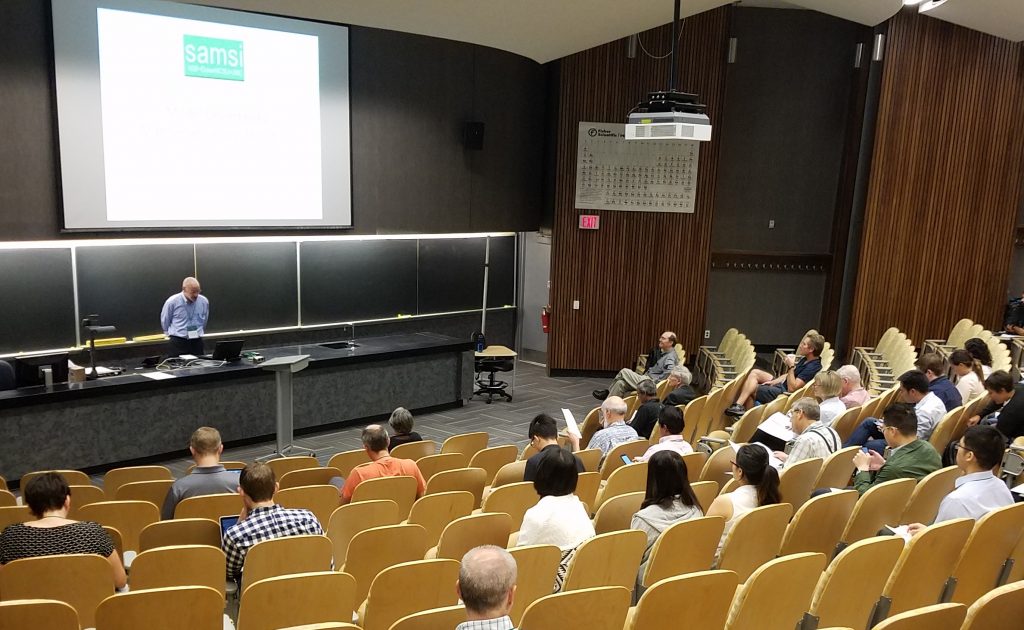
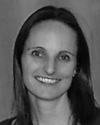
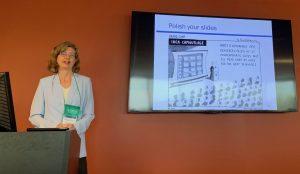

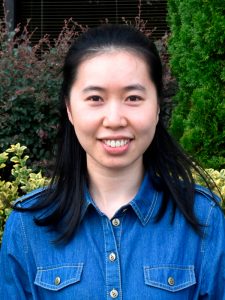 Xinyi Li
Xinyi Li John Nardini
John Nardini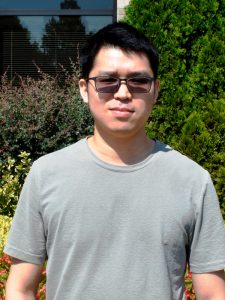 Pulong Ma
Pulong Ma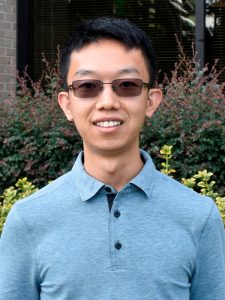 Wenjia Wang
Wenjia Wang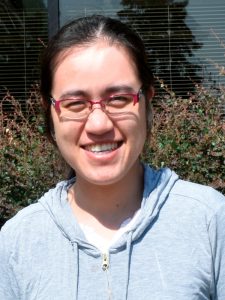 Lei Yang
Lei Yang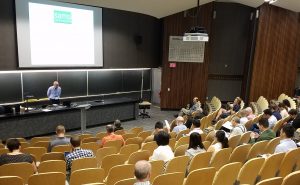
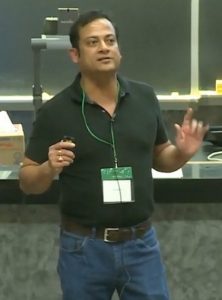
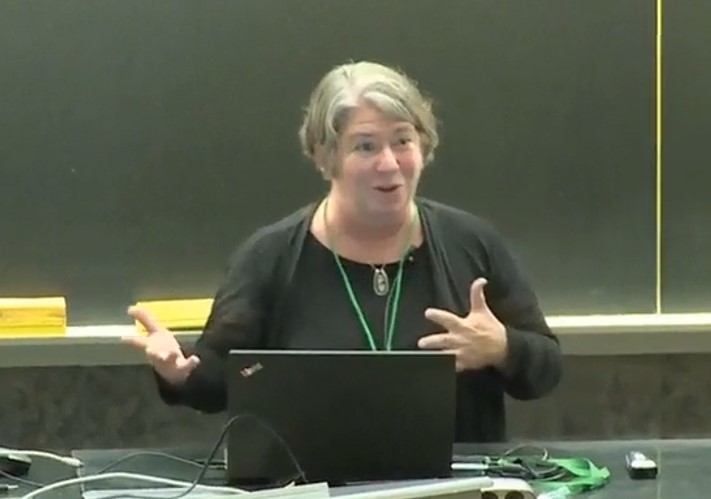
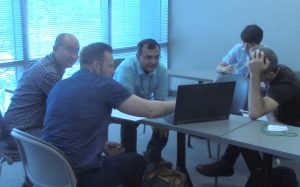
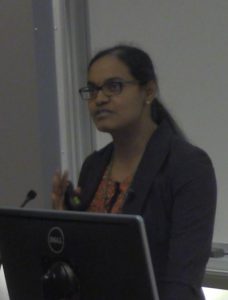
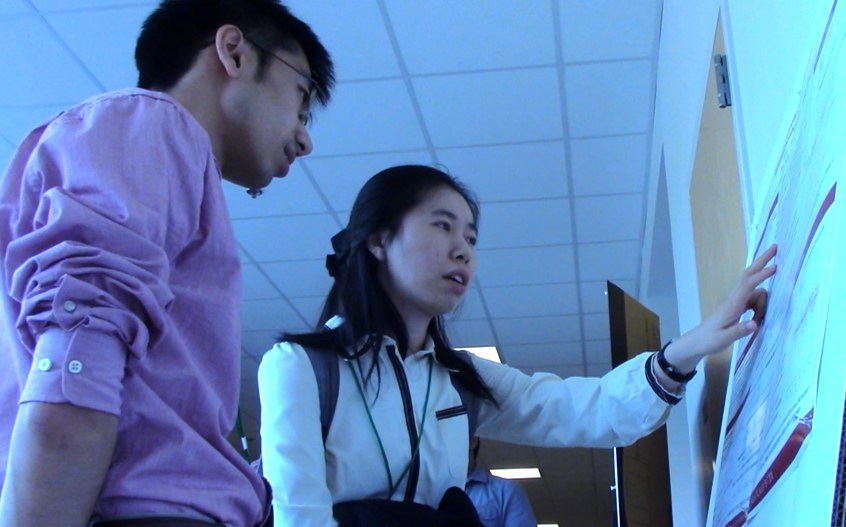
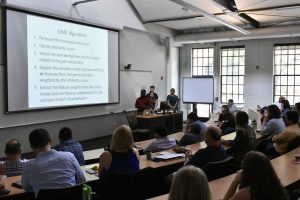
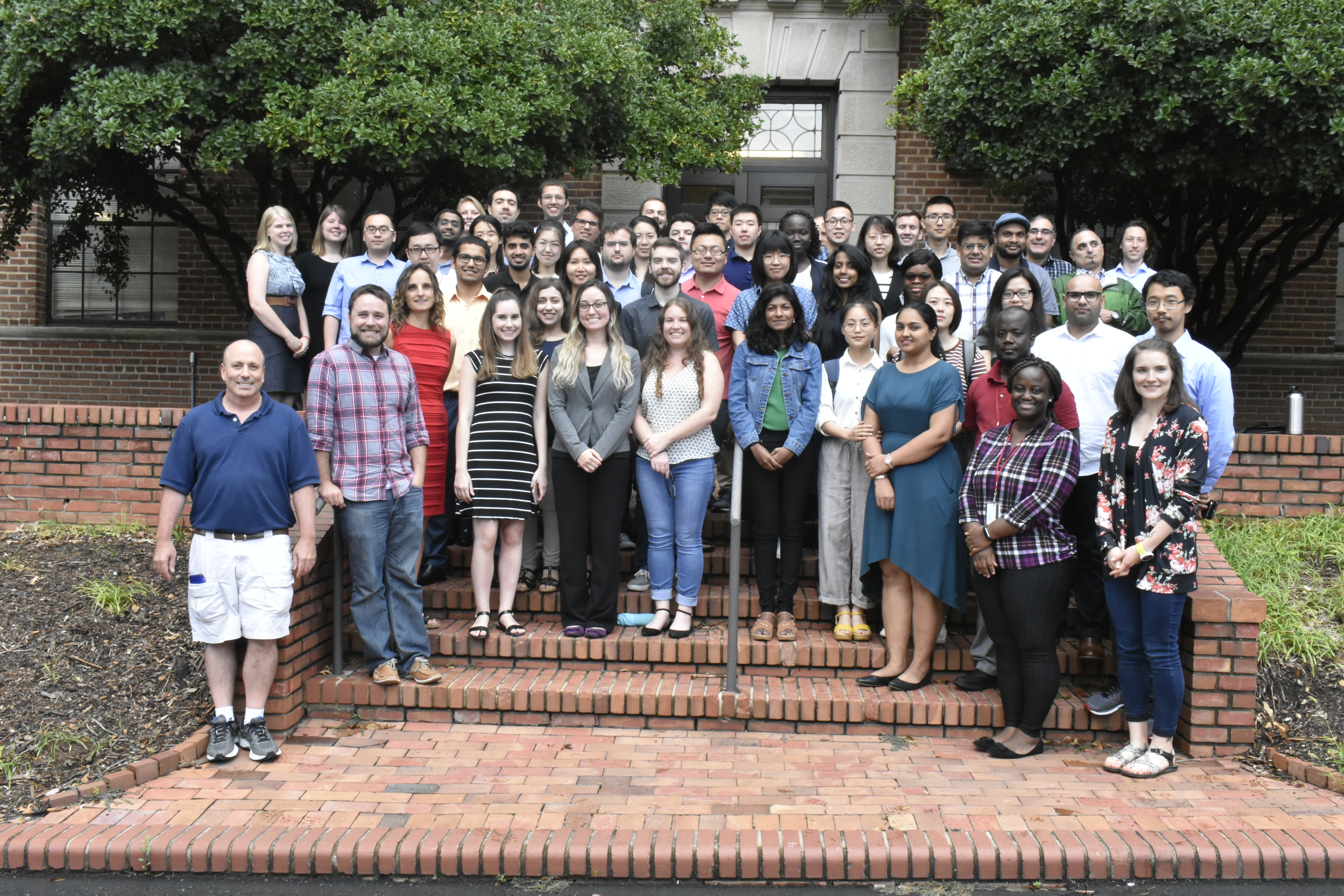
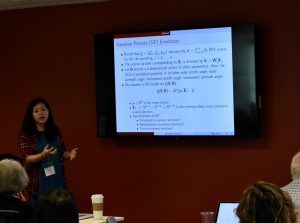
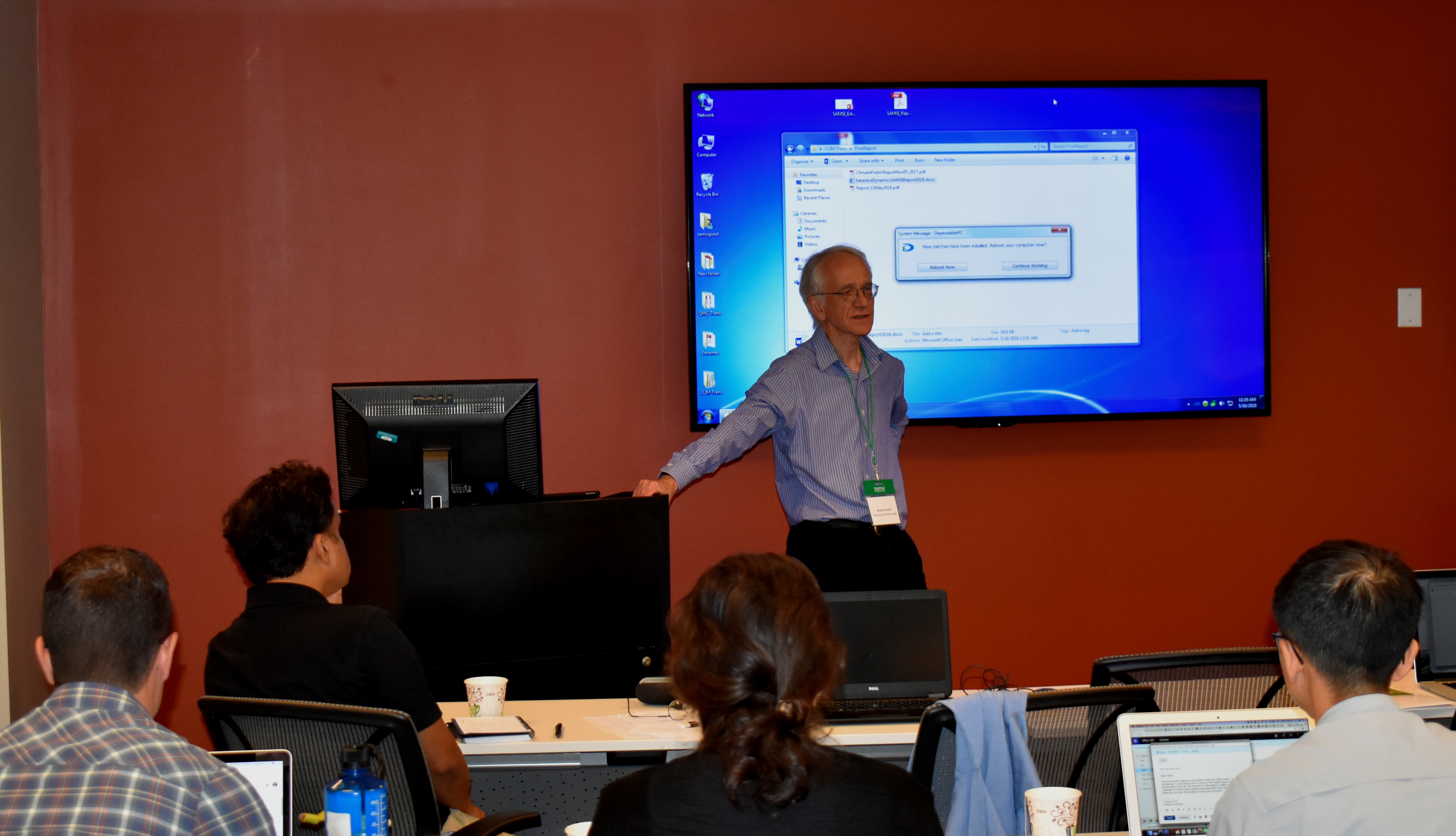
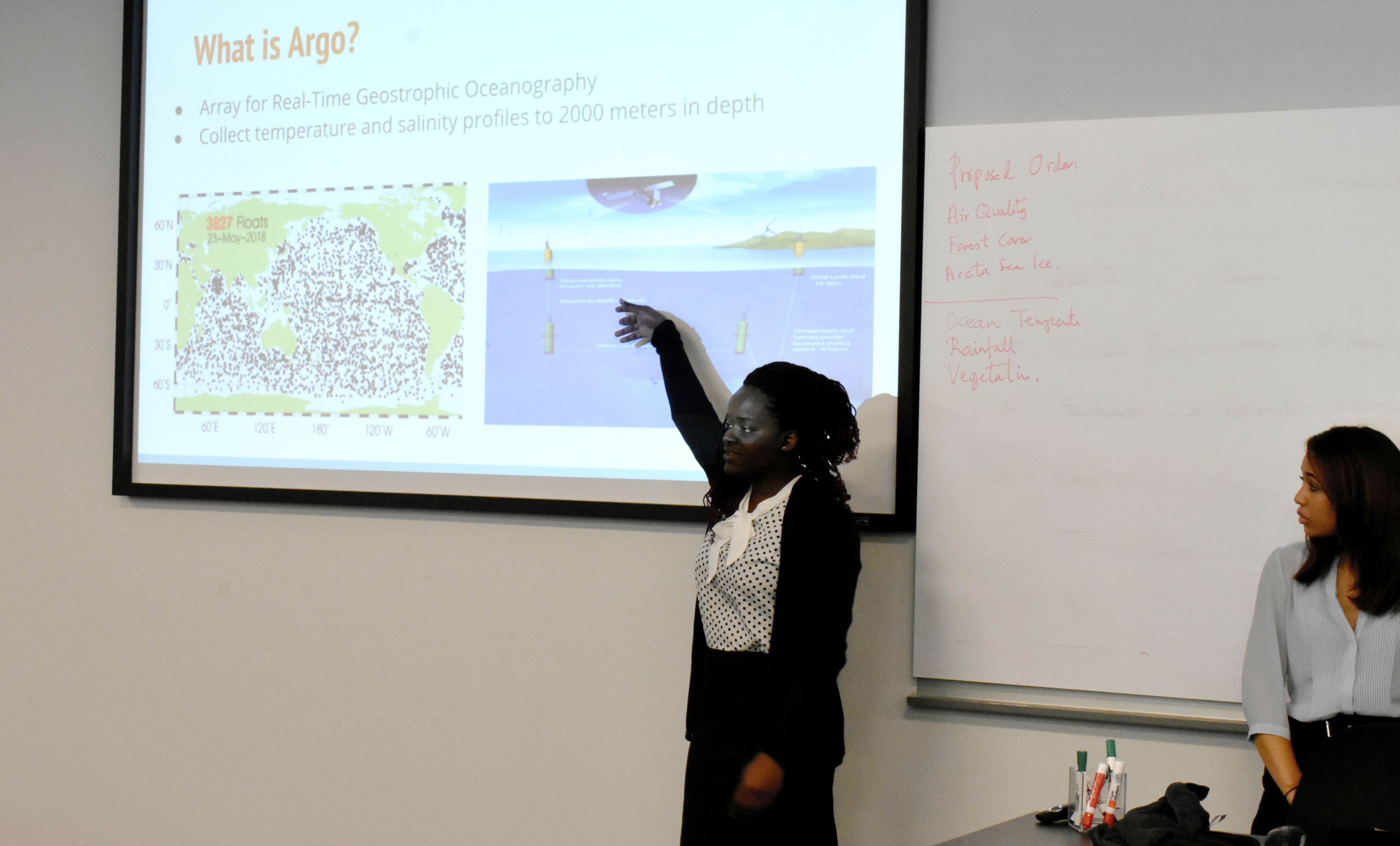
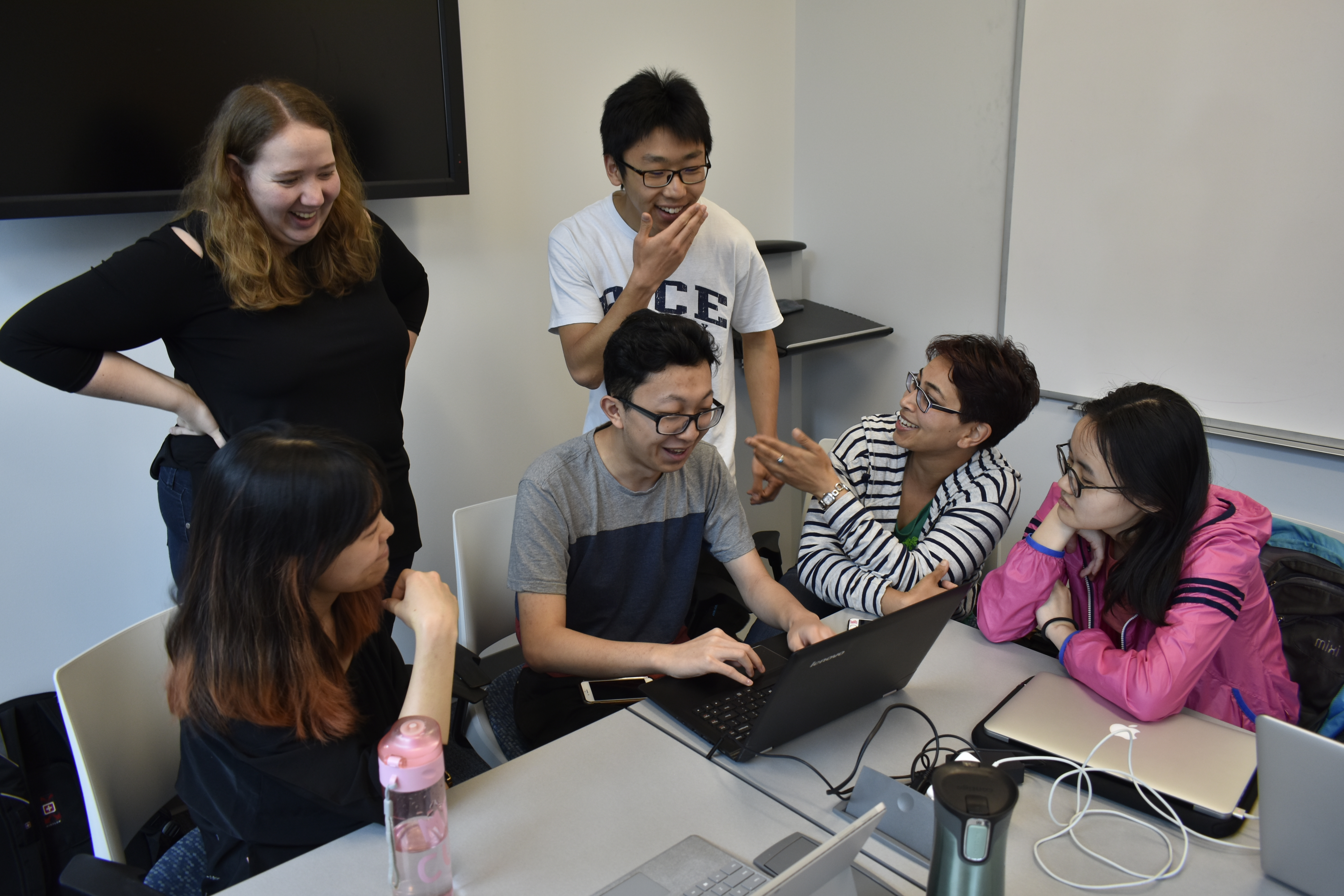
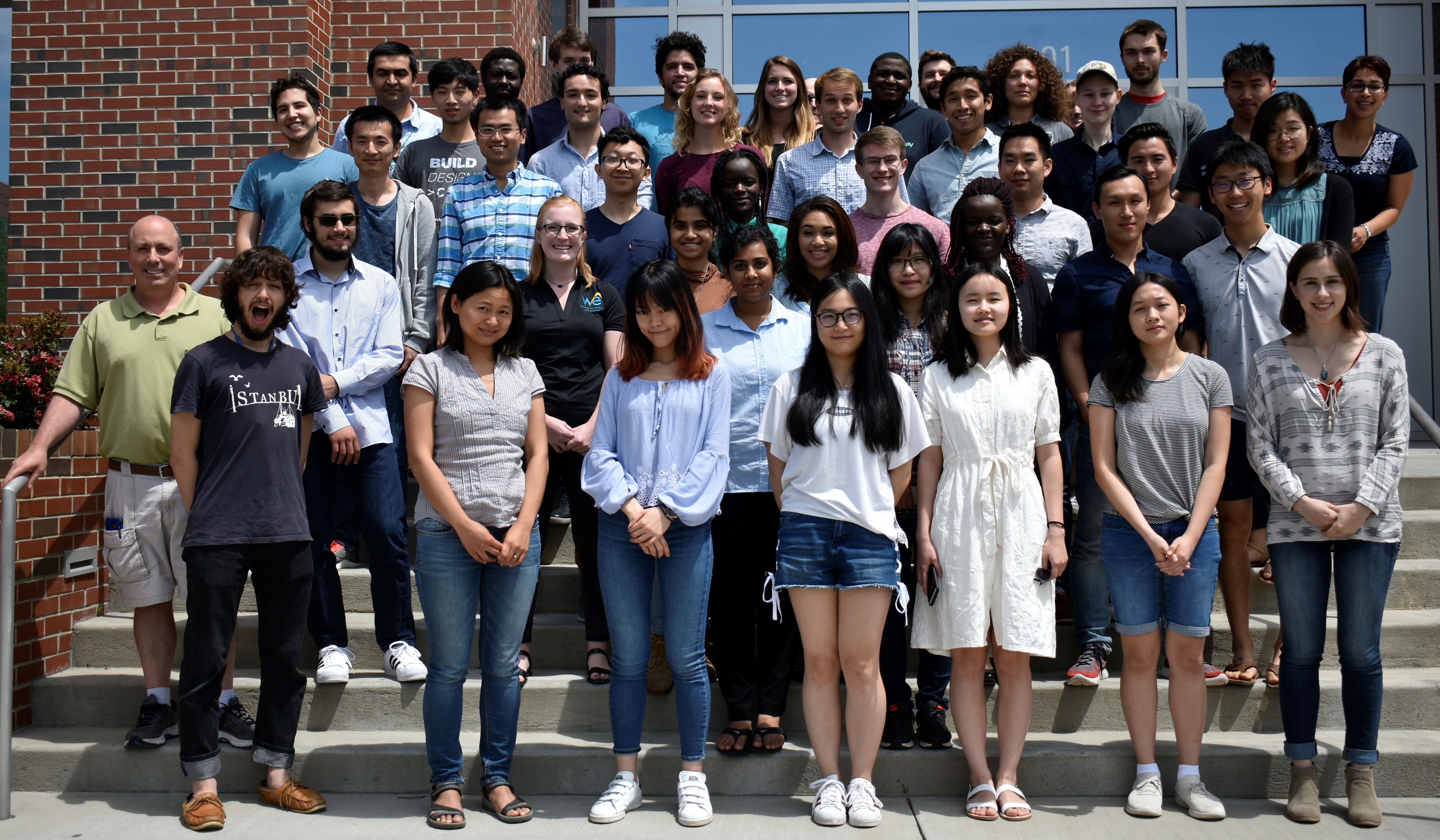
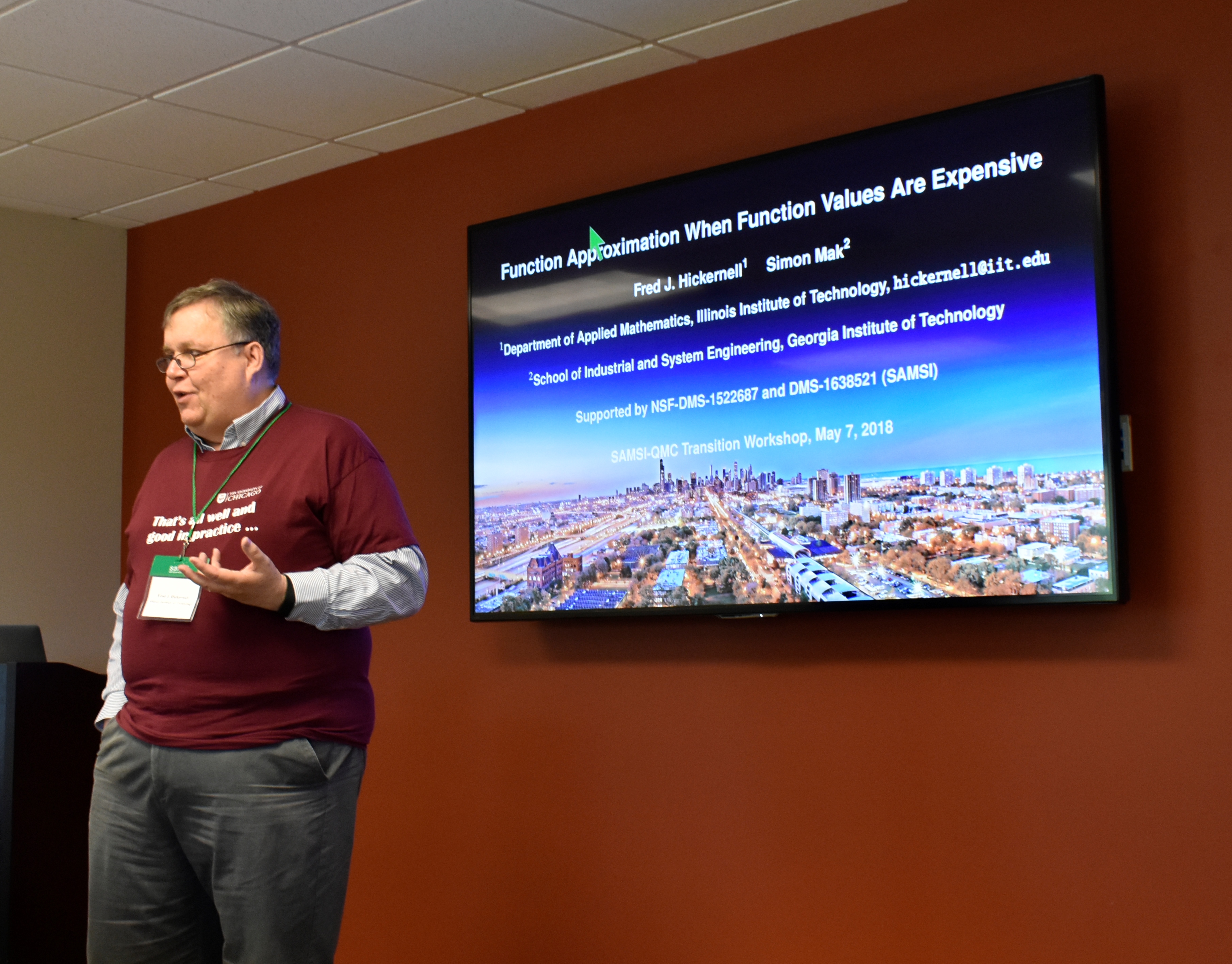
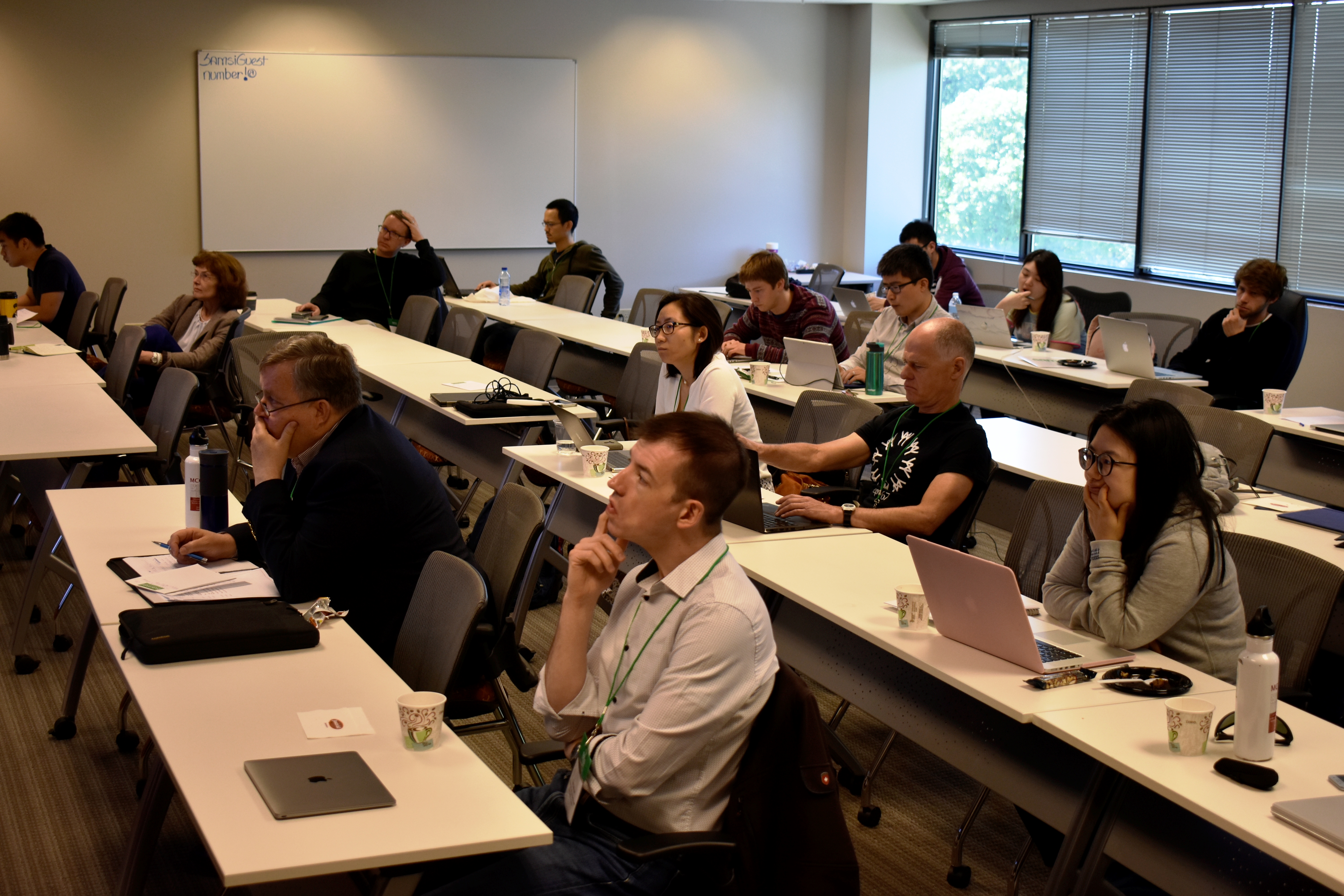
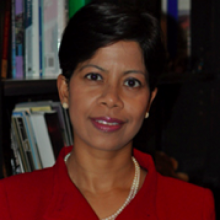 Sudipta Dasmohaptra will be SAMSI’s new
Sudipta Dasmohaptra will be SAMSI’s new 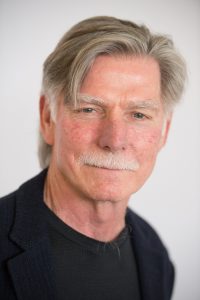
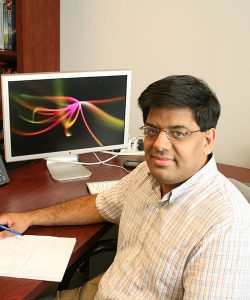 Lastly, Mansoor Haider fills out the new list of recent appointees in the directorate at SAMSI.
Lastly, Mansoor Haider fills out the new list of recent appointees in the directorate at SAMSI.